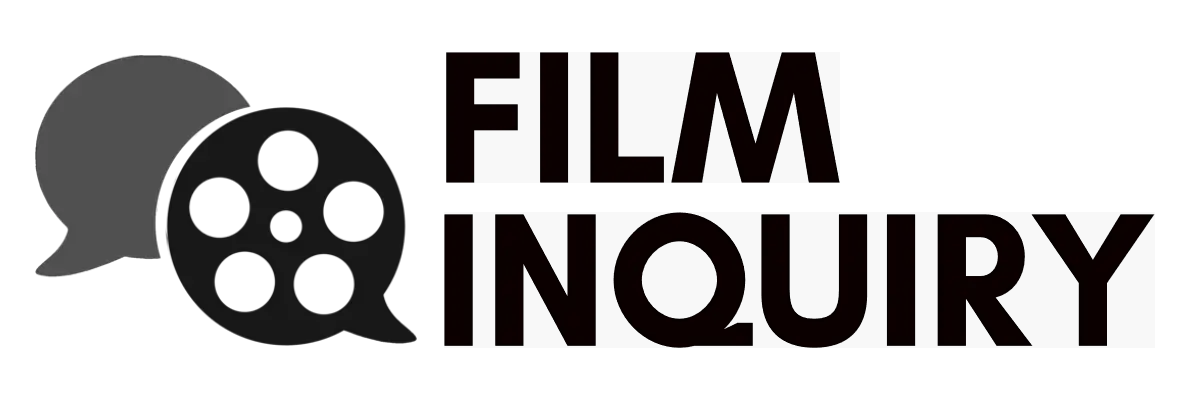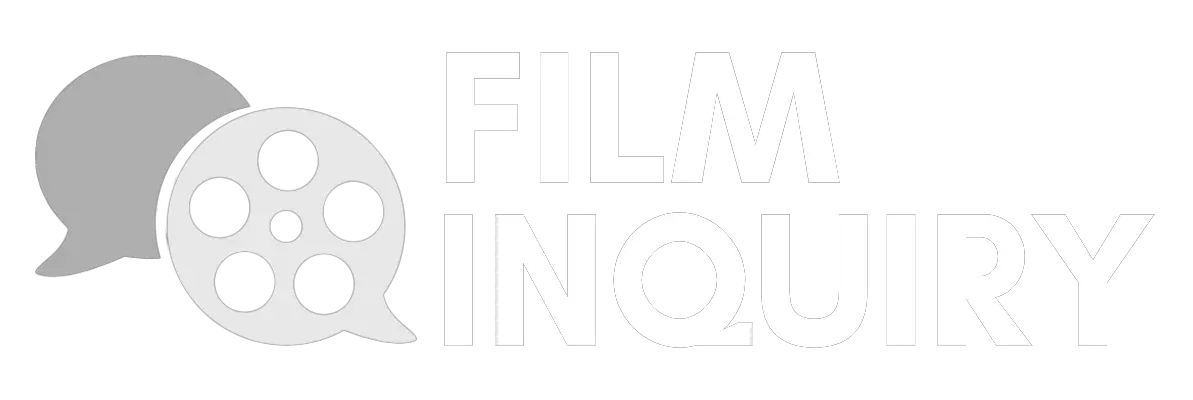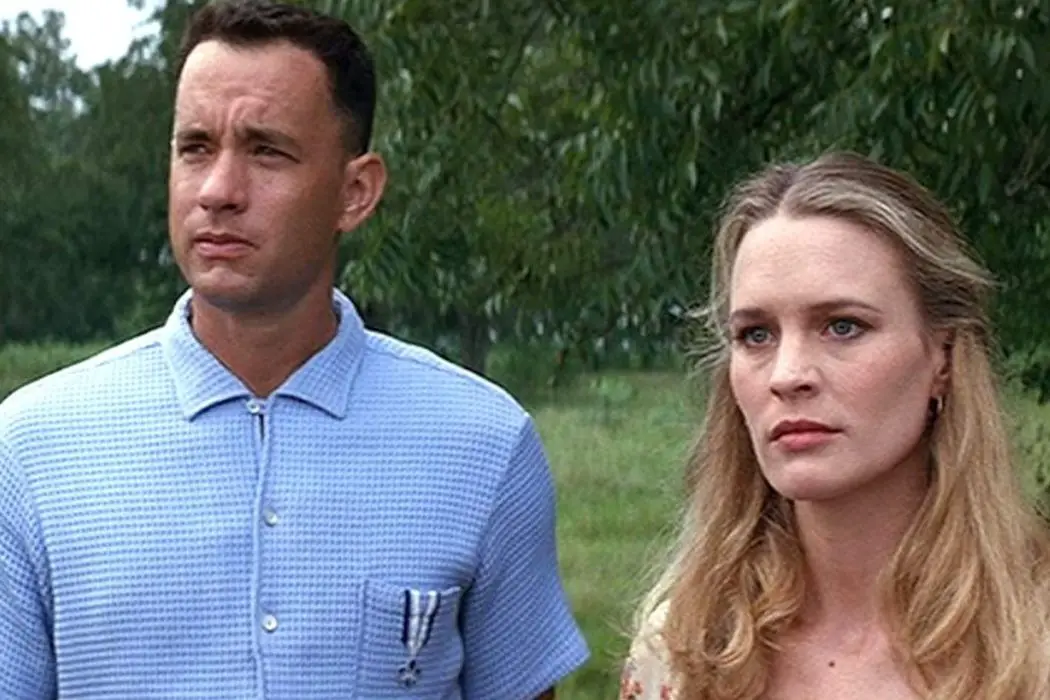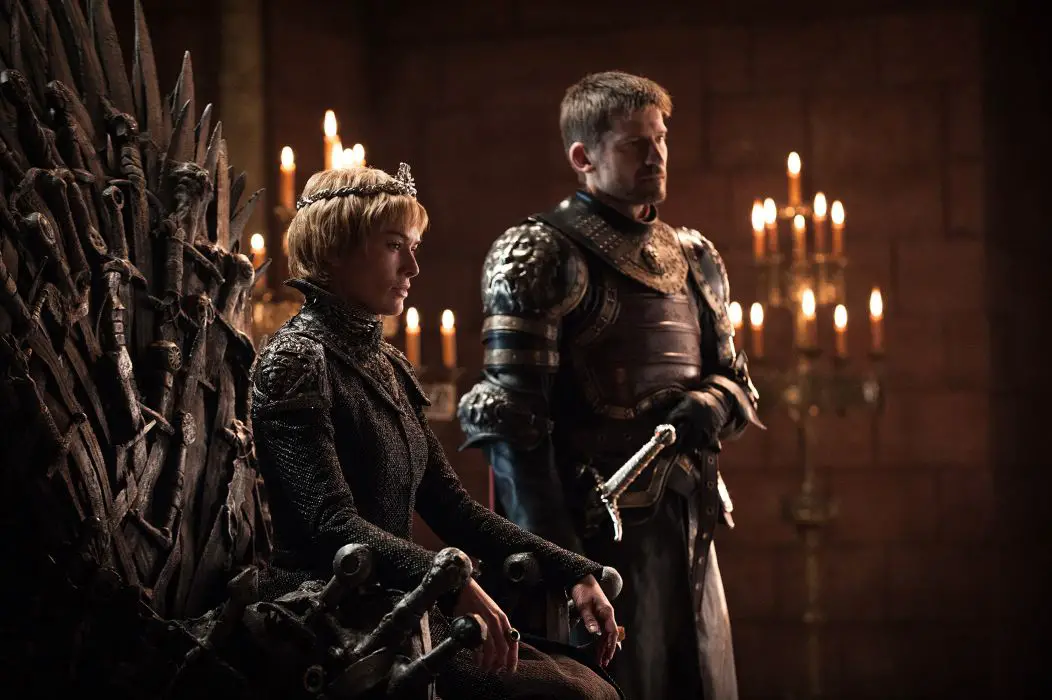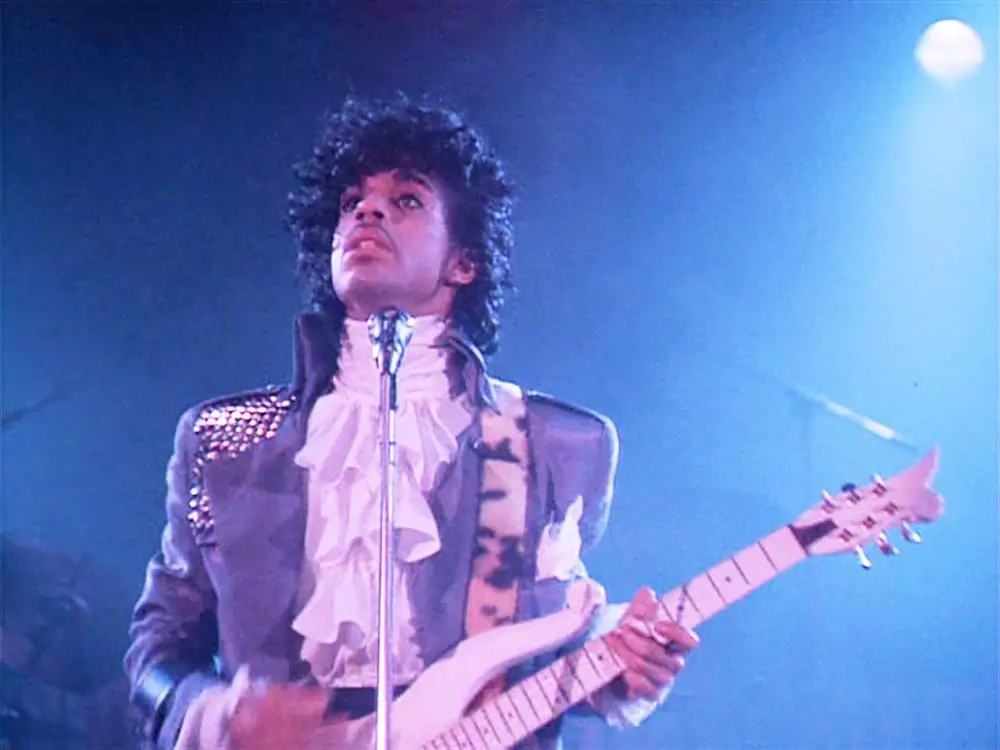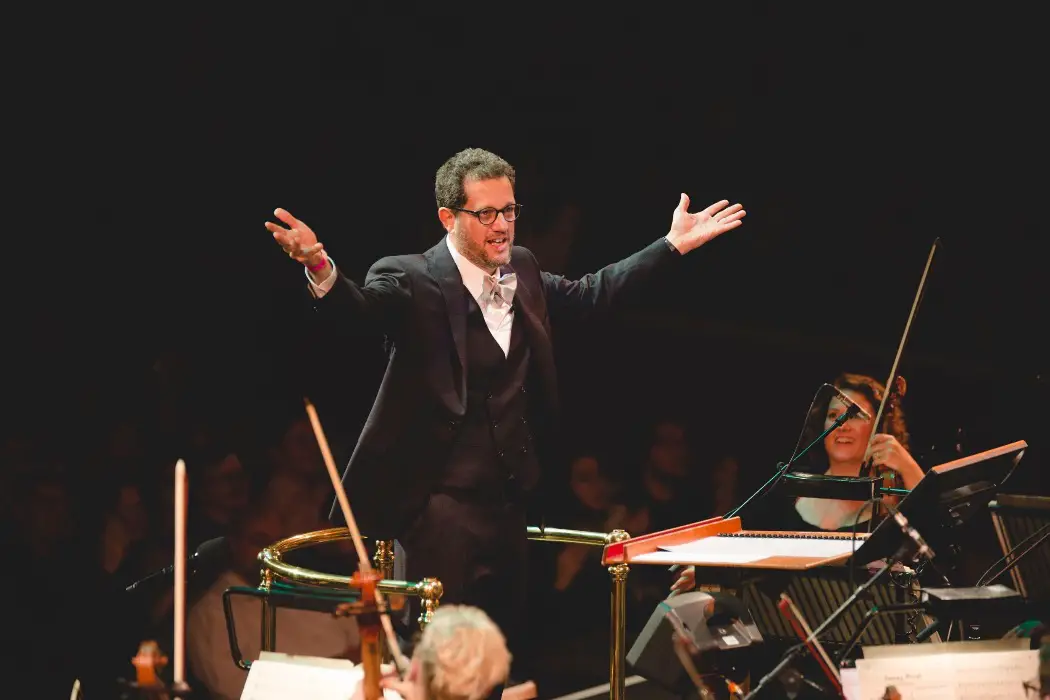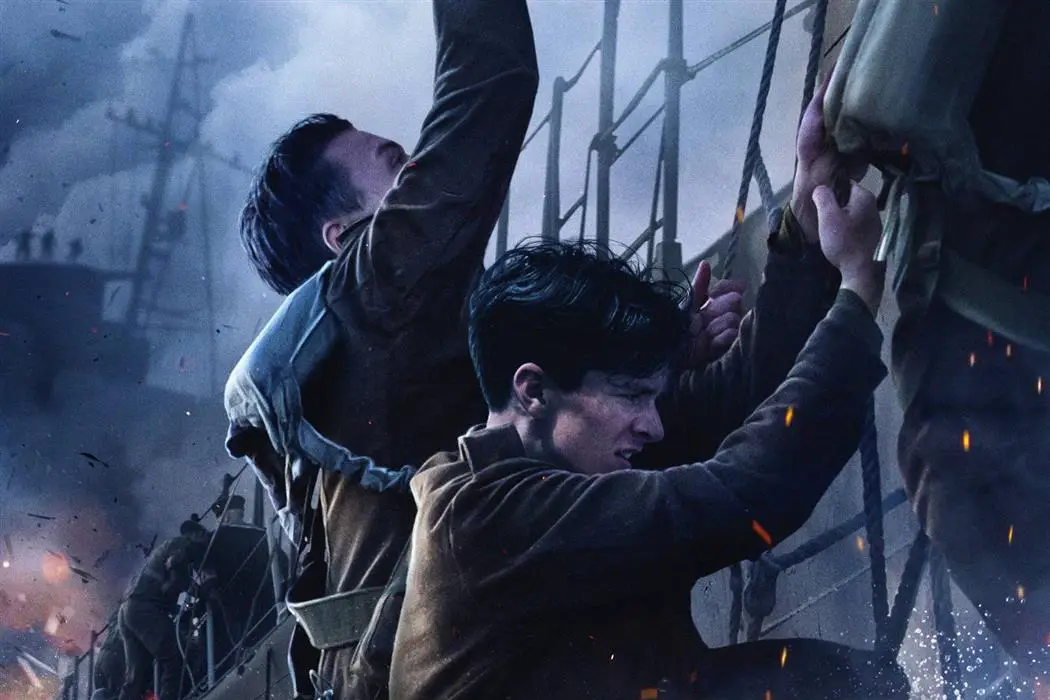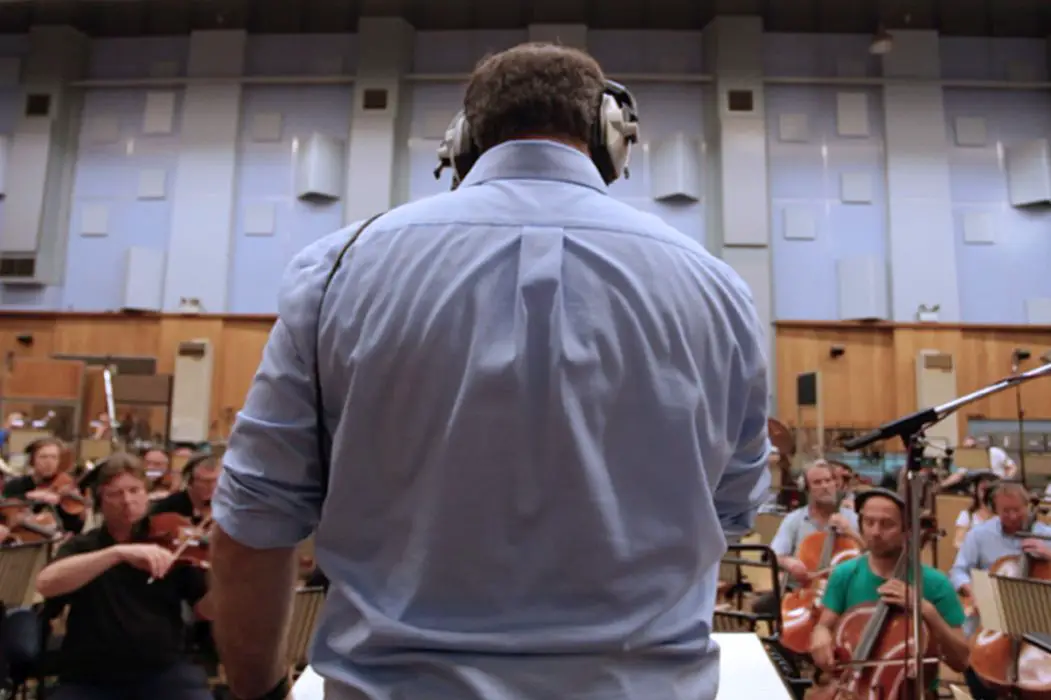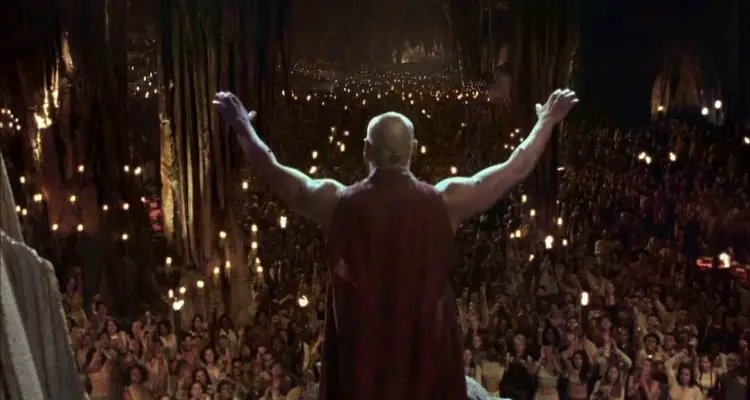score

In the beginning, there was light. It moved, it danced, it enthralled, but in the end, it was just light. Even in the silent era, exhibitors recognized the value of sound, coming up with a wide array of live and pre-recorded solutions to the problem of representing reality with only one of our five senses (and drained of color at that).
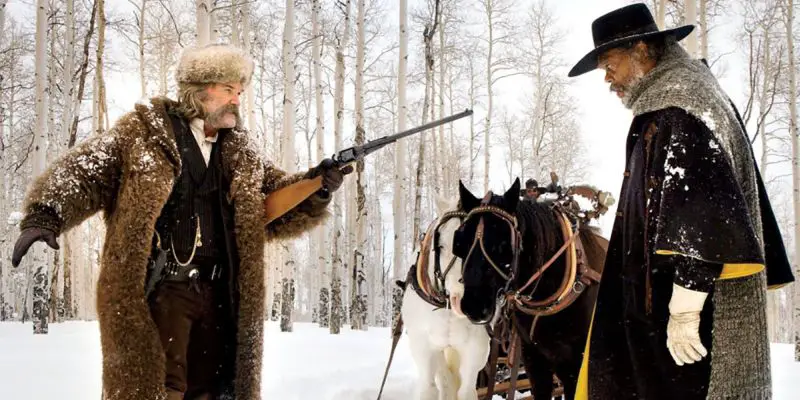
Closely approaching Quentin Tarantino’s new film The Hateful Eight arises expectations not only because of the name he has created for himself, but also because we are aware of the repeating pattern of collaborators in his films. But this piece is not about the cast of the film nor about Tarantino’s specific style. It is about the collaborators behind the scene, specifically on his first time collaboration with Ennio Morricone as a composer of the film’s original soundtrack.
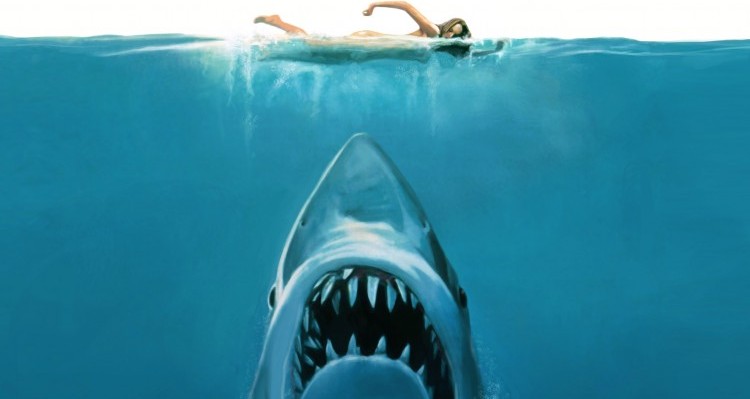
Guardians of the Galaxy broke records this year when its soundtrack reached number one, making it the first soundtrack in history to reach number one with no new songs on the album. This got me thinking about great soundtracks and the use of popular music versus composition. There’s a time and a place for both, and sometimes a time for none.
